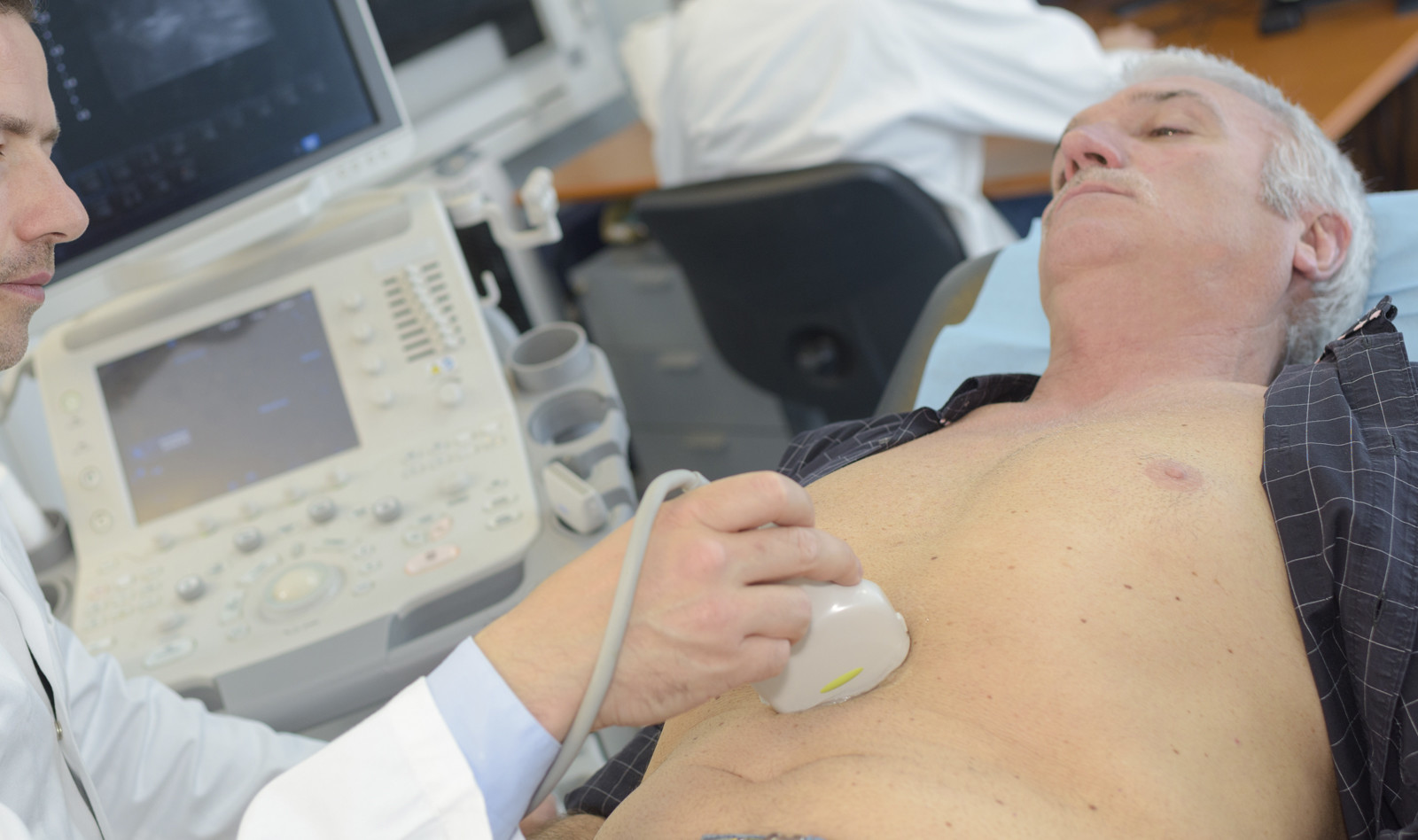Contrast-enhanced ultrasound (CEUS) of the lung reveals multiple areas of microthrombi in a COVID-19 patient
Source: Intensive Care Medicine | Published: 18 May 2020
The correspondence letter describes contrast-enhanced ultrasound (CEUS) of the lung, and follows a different letter in Intensive Care Medicine (April 23, 2020) questioning whether areas of subpleural consolidation are indicative of segmental pulmonary embolus.
The authors report of using CEUS to evaluate the subpleural “consolidations”. CEUS is a technique that involves the intravenous introduction of microbubbles consisting of a phospholipid shell surrounding a perflourocarbon gas (sulphur hexaflouride). The size of the microbubbles is similar to the size of red blood cells that can cross the capillary bed with transpulmonary stability. This results in intravascular contrast agent which can be detected using contrast specific modes on ultrasound. As a result, areas without contrast enhancement can be identified as being avascular.
The concept of CEUS use for the investigation of segmental pulmonary embolism was illustrated in a case of a 61-year-old woman with severe COVID-19 and a negative CT angiogram study. The authors showed that areas of subpleural consolidation were avascular and concluded that these areas are likely 3-5 mm microinfarcts, since non-thrombotic consolidation would be seen to have some enhancement.
It is becoming apparent that severe COVID-19 cases are characterized by hyperinflammation and a thrombotic phenomenon, which is supported with post-mortem examinations of lungs of COVID-19 patients.
this is the first time that this process has been demonstrated in the acute phase of the illness, and it is the authors’ belief that this technique is generalizable given the widespread use of lung ultrasound in critical care.
 English
English
 Español
Español 

